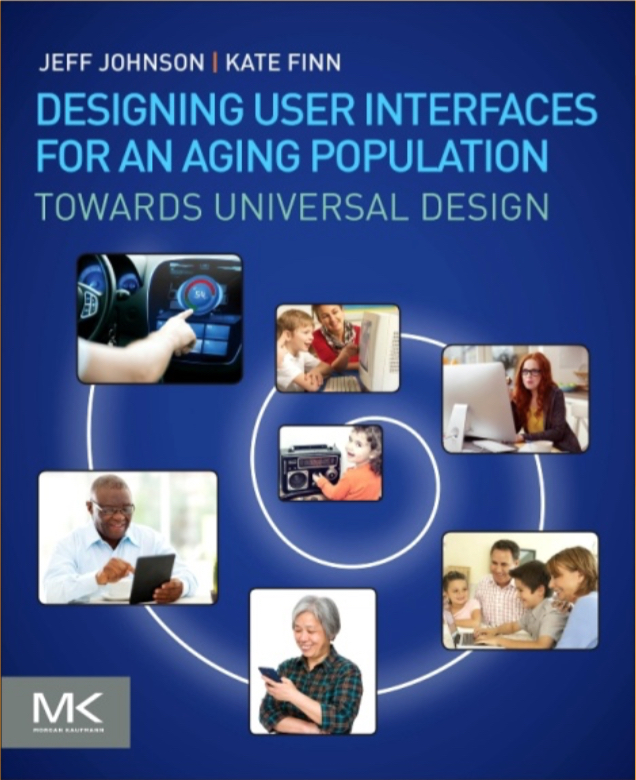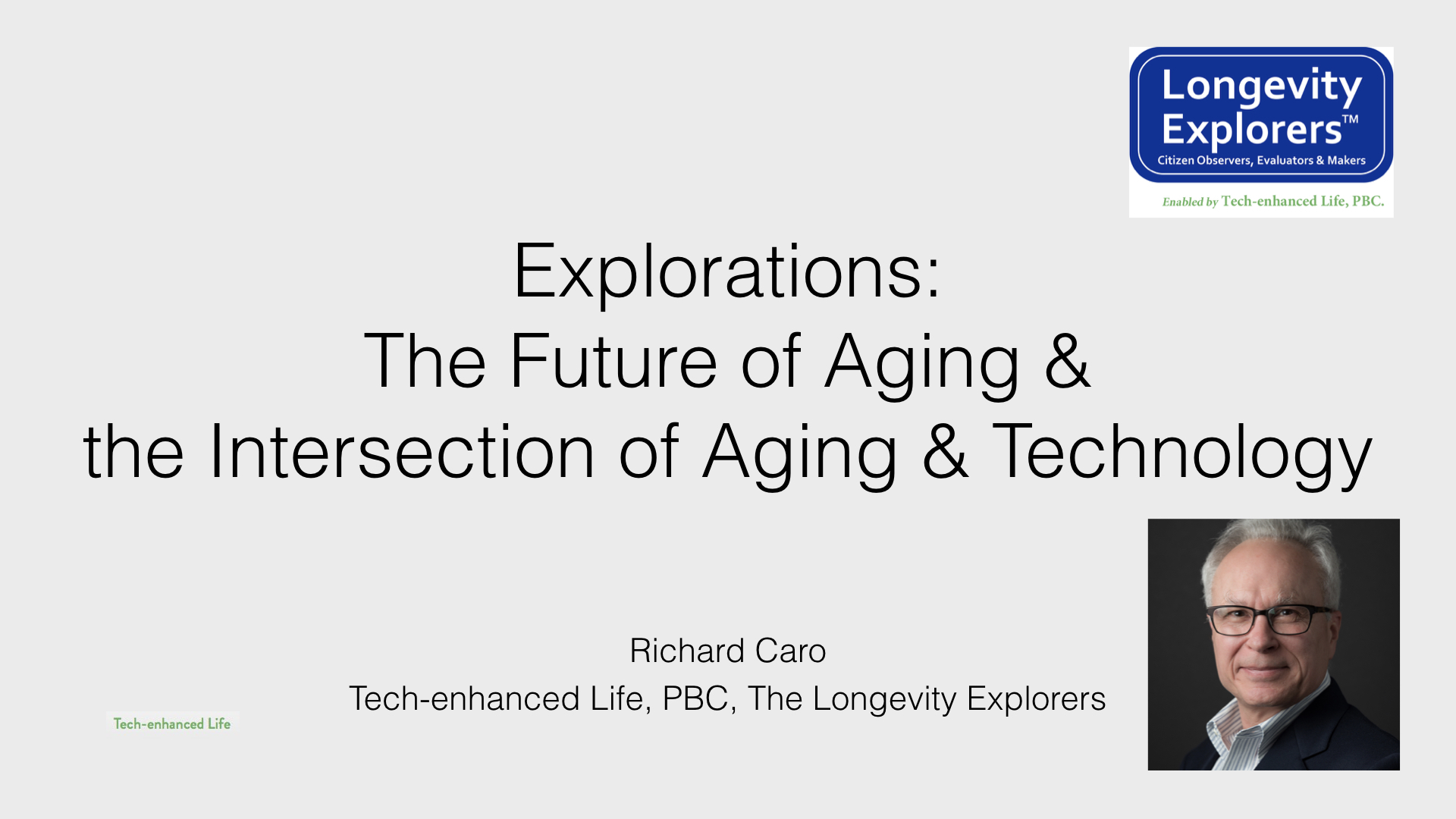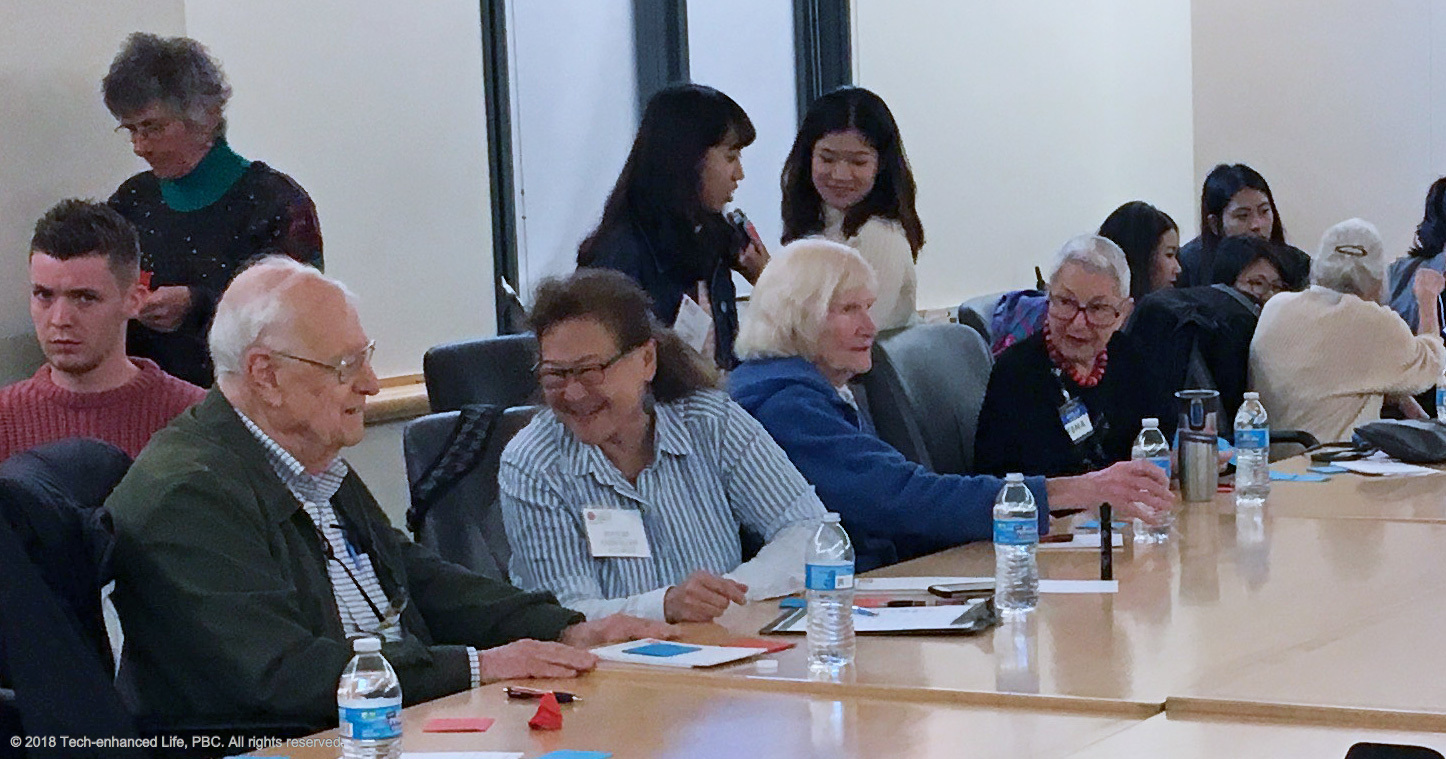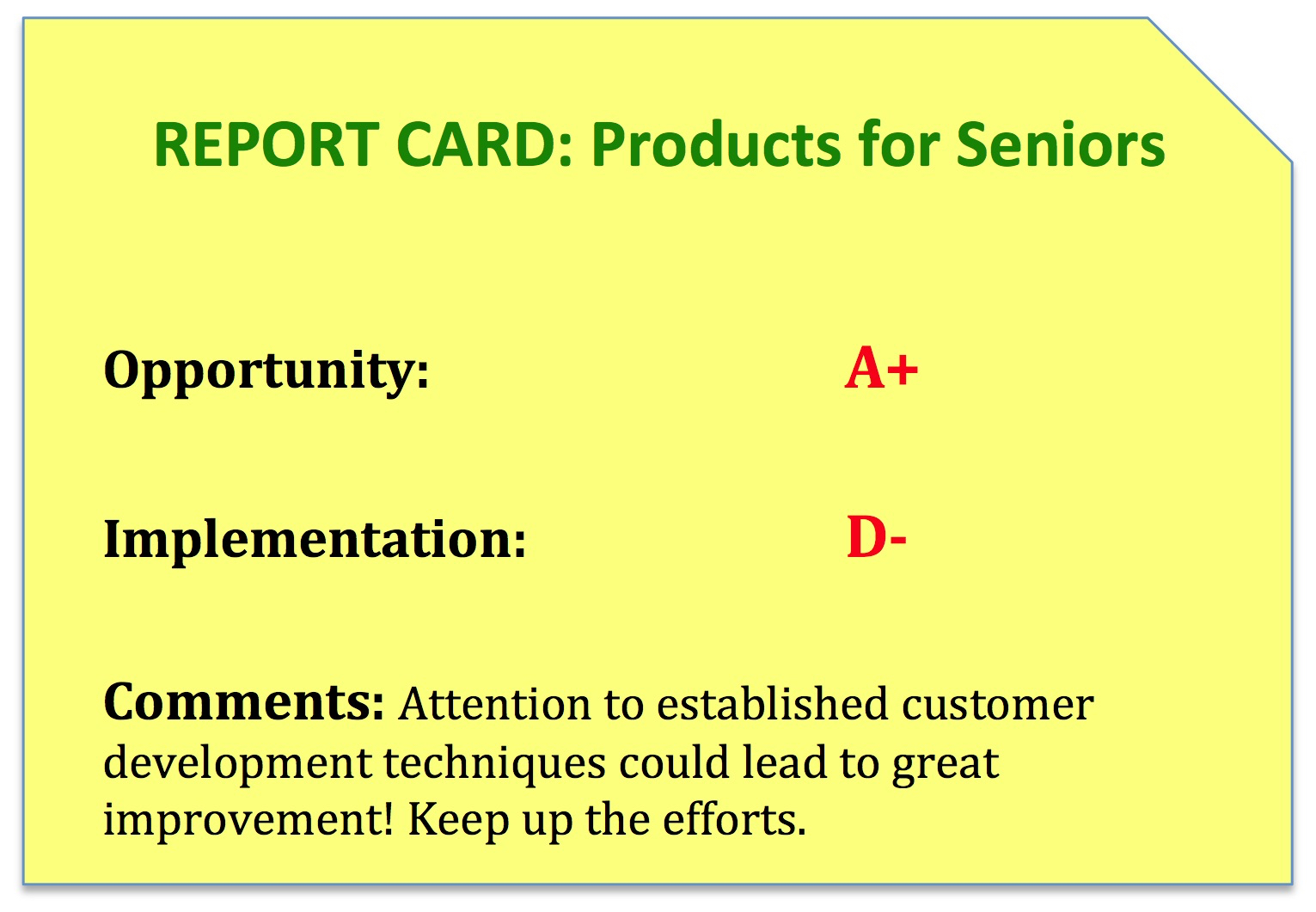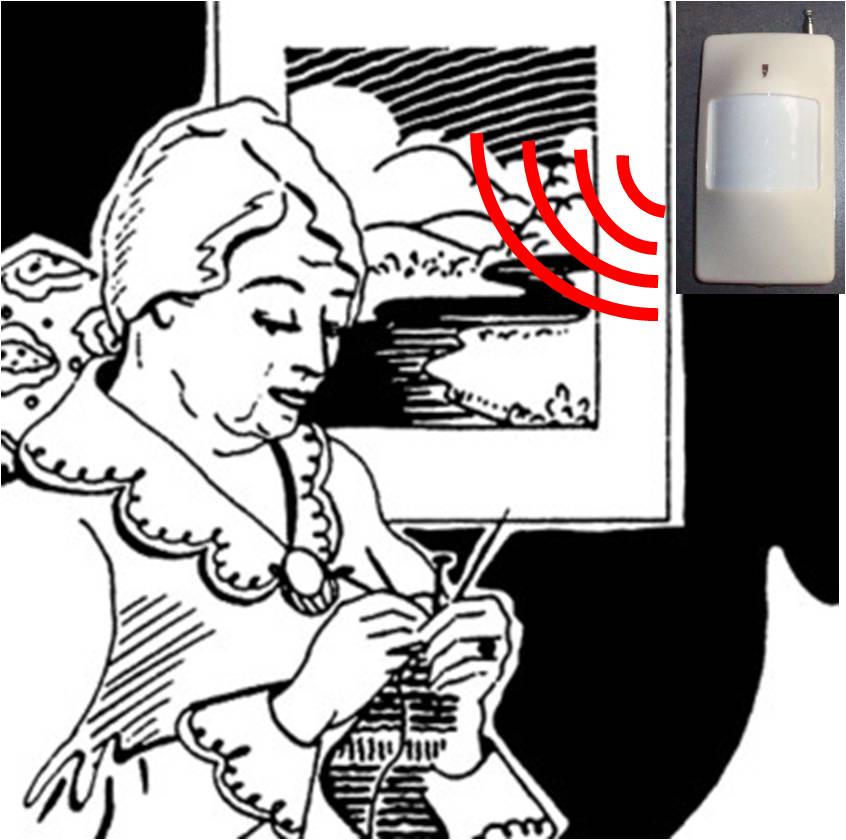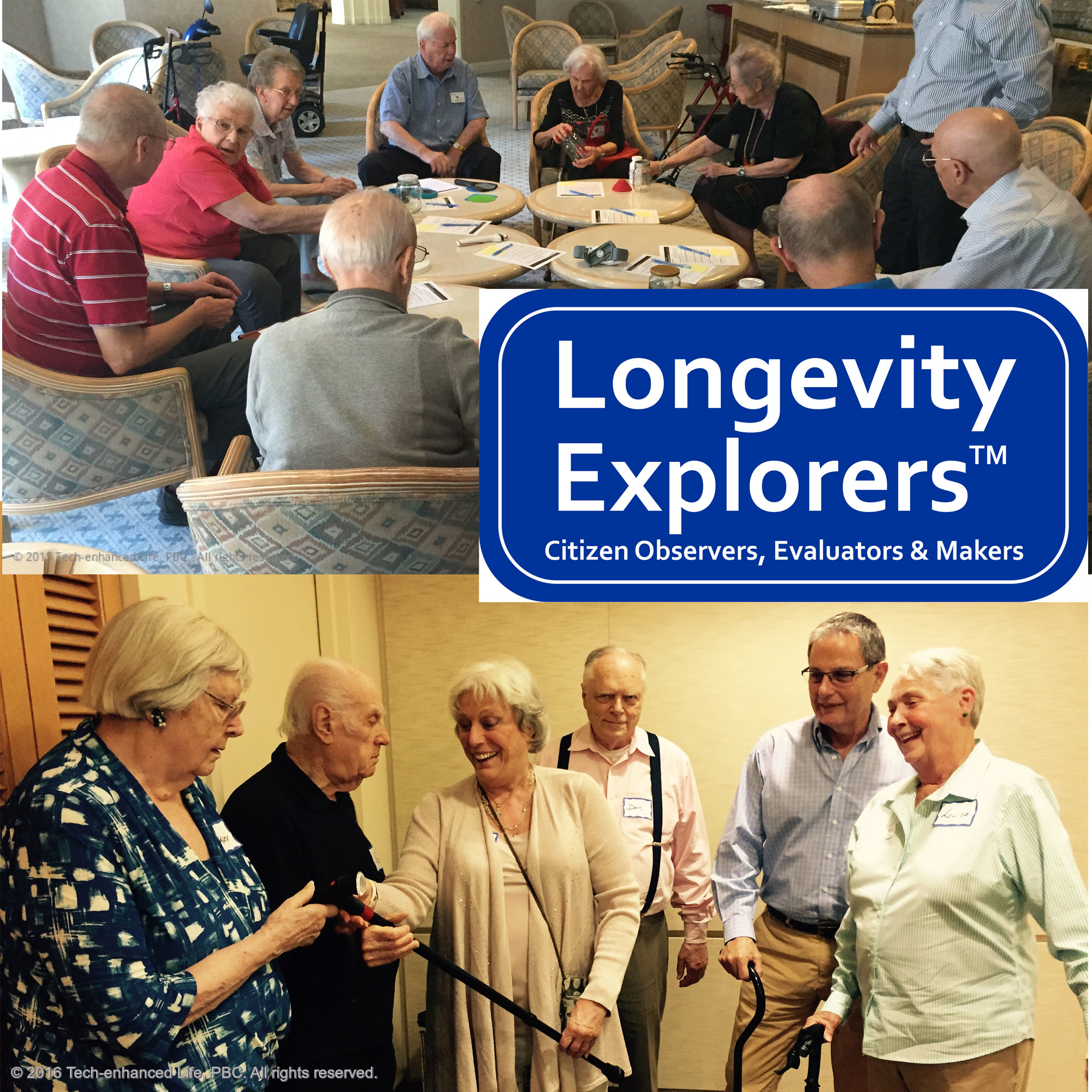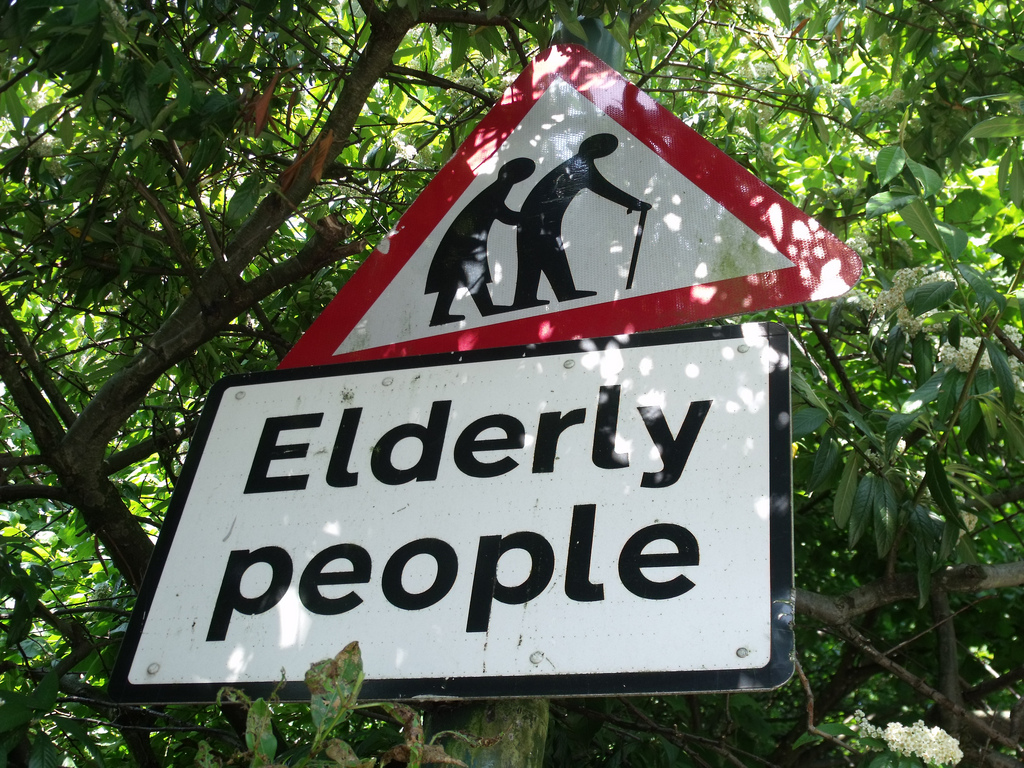Designing for Older Adults: Jeff Johnson Interview
In this interview with Dr. Jeff Johnson — who with Dr. Kate Finn literally “wrote the book” on designing for older adults — Jeff discusses with Richard Caro a variety of topics relating to designing better products for older adults.
